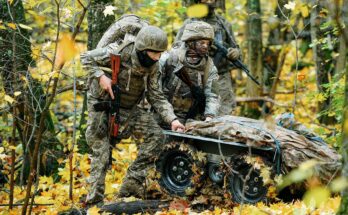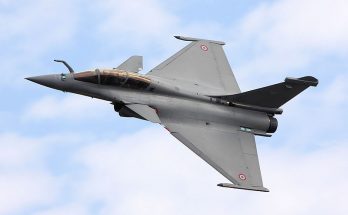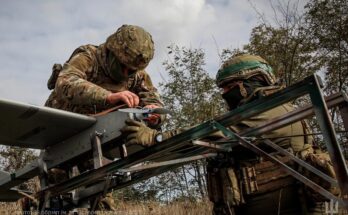Bolo is a science fiction series that centers on an autonomous tank with hyper-intelligence. While still a future fantasy, the initial steps towards the eventual fielding of such a weapon have already been taken.
Countries have been experimenting with robotic ground vehicles since the early 1900s. The Goliath was a series of small remote-controlled tracked vehicles developed by Germany for use primarily against armored vehicles and strongpoints. This family included the SdKfz. 302, which used an electric motor, and the larger SdKfz. 303a and SdKfz. 303b vehicles powered by a gasoline engine. More than 7,500 Goliaths were built.
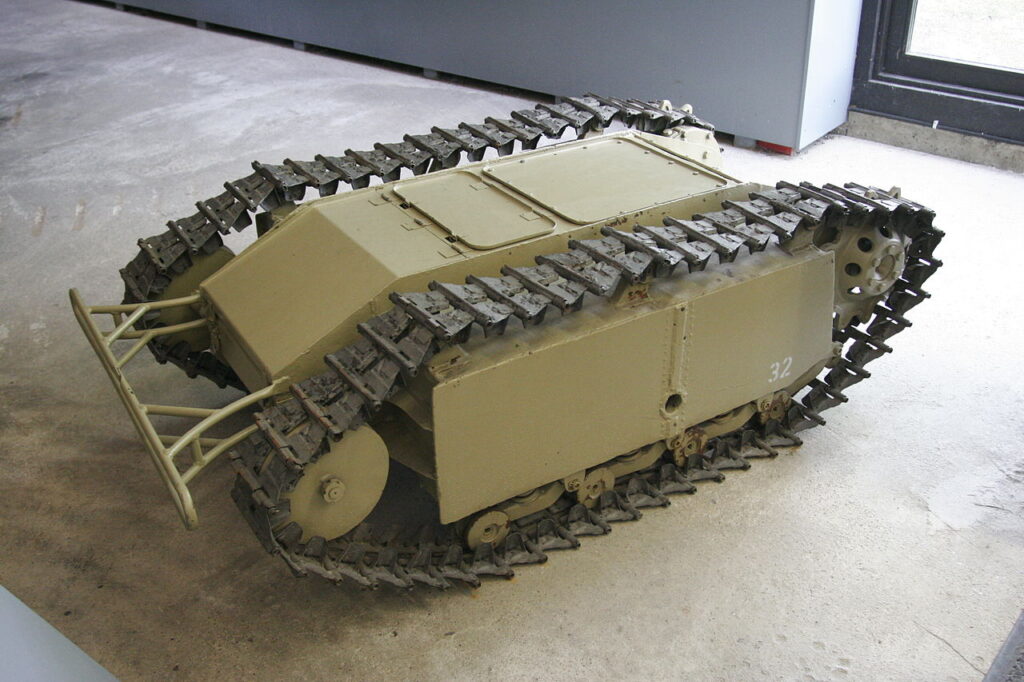
Although the Goliath program was considered a failure, knowledge was gained and interest in unmanned ground vehicles persisted after the war.
The wars in Afghanistan and Iraq showcased the abilities of small UGVs to clear mines and conduct tactical reconnaissance missions (including investigating tunnels). Now, the Russo-Ukrainian War could provide further impetus for greater UGV deployment, perhaps including ones much larger than those currently in service.
Unmanned systems are playing a prominent role in the fighting, although attention has focused on airborne and sea-based systems. Lesser noticed is the employment of a growing number of unmanned ground vehicles.
The war has caused Ukraine to significantly increase its investment in UGVs, expanding its domestic production capacity to provide thousands of robots to its military. While the majority of the systems built will be small UGVs for mine clearing and reconnaissance, Kyiv is also manufacturing expendable attack robots (like Goliath) for use against armored vehicles and fortified positions.
As a consequence of the fighting in Ukraine, the fielding of larger UGVs may accelerate. The Ukrainian government is working on unmanned ground vehicles capable of evacuating casualties or transporting supplies to frontline units. Another version is equipped with machine guns and rocket launchers and can participate in direct combat.
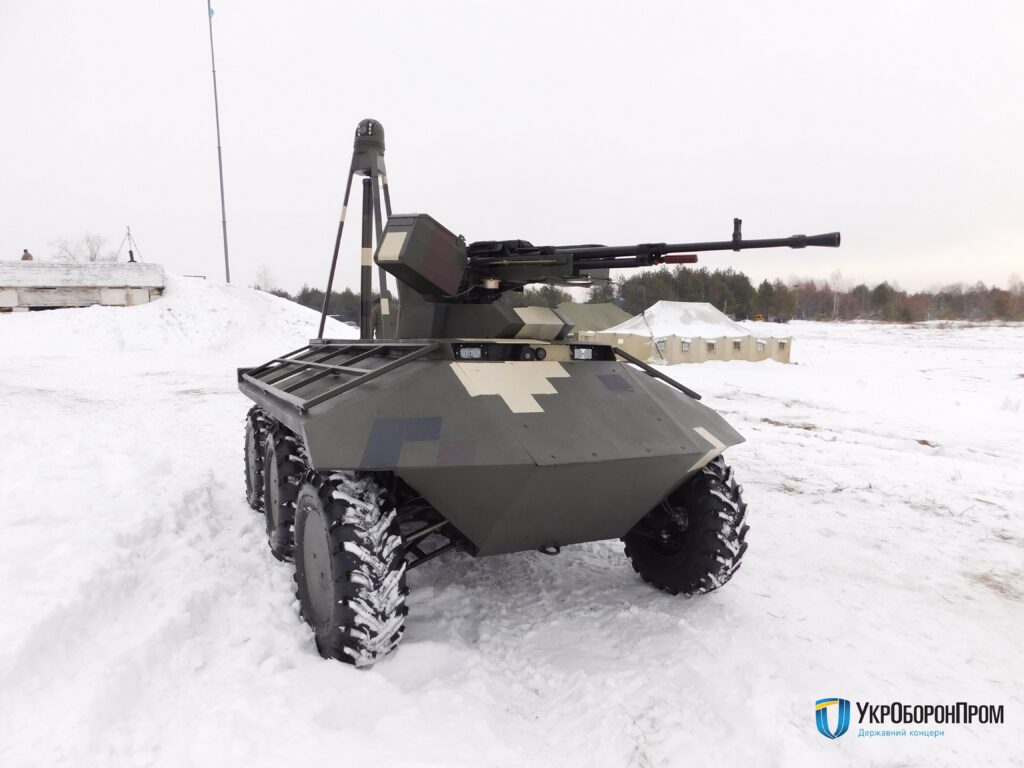
The deployment of UGVs faces unique environmental obstacles, such as a crowded landscape that can radically change after an artillery barrage, that their airborne and sea-based counterparts do not contend with. Ukraine could provide knowledge to help solve some of these difficulties and assist in paving the way for wider deployment. Many militaries are already experimenting with medium and large UGVs, some of which are starting to resemble unmanned tanks.
Success on the Ukrainian battlefield could provide a significant boost to the fortunes of all types of unmanned ground vehicles. The first steps have been taken. The deployment of a Bolo awaits those willing to complete this journey.
For more than 35 years, Larry has been involved in research and analytical work for various Forecast International projects. He has contributed to the Airborne Electronics Forecast and was chief editor on the World Aerospace Weekly newsletter. Larry was directly responsible for the creation of World Weapons Review, a biweekly industry market research publication specializing in weapon systems and related material. He was the creator of Unmanned Vehicles Forecast, launched to cover the growing market for civil and military drones, and was involved in the development of the Airborne Retrofit & Modernization Forecast service. He is currently responsible for the Missile Forecast and for FI's two Unmanned Vehicles Forecast services – Airborne Systems and Land & Sea Systems.


